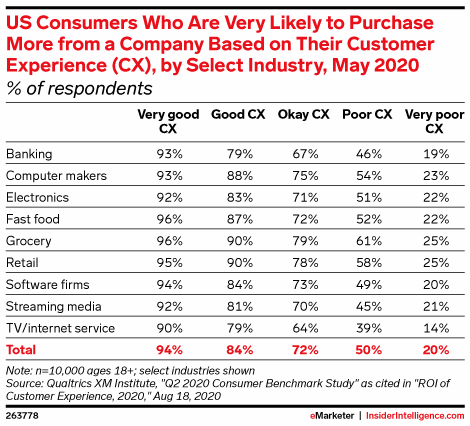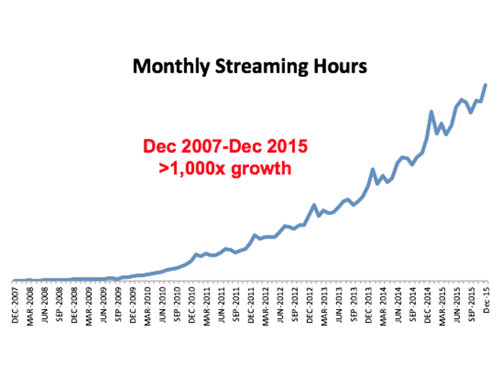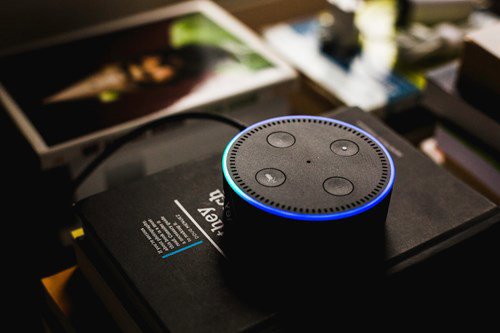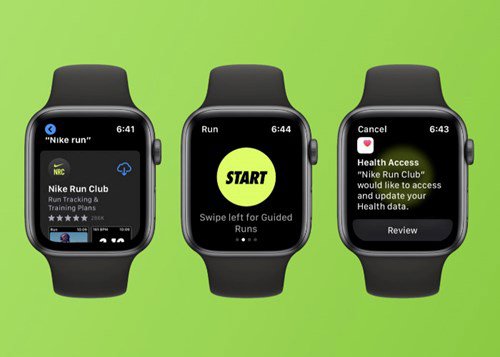Some stats first...
The following statistics prove that customer experience (CX) can’t be ignored. In most cases it’s the CX (not the product) that decides whether your visitor is going to become your customer.

Source: emarketer.com
The graph below is another reason why you should focus on CX. This is your best strategy to stay competitive through good and bad times.

Source: mckinsey.com
Keeping up with the demands is a must to stay afloat. Exceeding customers’ expectation puts you in a competitive position. In both cases you need a solid technical environment to facilitate experience your customers will love you for.
How can you make customers journey on your e-commerce platform smooth as butter? How to provide top-notch personalisation? How to prepare your shop for rapidly evolving IoT network? The short answer is headless commerce.
Below you’ll find some examples of how you can utilize this headless concept to make your e-commerce platform scalable and future-proof.
1. It’s all about speed
Due to the stripped-down nature of headless, when done properly, you’ll have smoother and faster operating times. Your customers don’t hate anything more than long time lags (search engines as well) so if you’re serious about your customer experience speed is the first thing to fix.
Example: Venus
Venus Fashion, known for their women’s apparel, did just that. The apparel brand’s site suffered from slow loading times, with only 15.5% of pages loading in under 1 second. After introducing a headless approach, the percentage of sites loading in under 1 second leaped from 15.5% to 72.75%. Because of this, Venus saw a 24% increase in conversion! But this might not always be the case. Since headless applies asynchronous downloading, if your server is slow, your presentation might load before your content. This is a sluggish eyesore your customers will definitely want to avoid, so make sure headless is right for you before going in head-first.
Key Takeaways
- Smoother and faster operating times.
- Getting your pages to load in under 1 second can lead to tremendous increases in conversion rate
- Speed has a huge impact on your search engine rankings
- Beware: when not executed correctly, it can slow you down.
2. Reduce your downtime and grow like Netflix
I know, this is not an e-commerce example, but we could all learn a thing or two about customer experience from Netflix.
Example: Netflix
There are some brilliant AI algorithms driving each of our customized Netflix homepage experiences. But what you might not have known is that Netflix uses microservices, a sub-branch of headless architecture to make it all possible.
Besides personalisation there is another powerful advantage of this setup. Back when Netflix used a monolithic CMS, because all the components of the application were tightly coupled, one error could lead to several days of downtime. This kind of downtime is catastrophic to consumers, which is why Netflix made the switch to headless already back in 2008.

Source: about.netflix.com
Key Takeaways
- Since headless has a decoupled front and backend, glitches in complex algorithms used to customize your customer’s UX won’t crash the whole site
3. Personalized shopping and omnichannel experience
Omnichannel concept is the indispensable part of personalisation. Thanks to this it’s possible to gather data and deliver content on multiple channels and devices.
Example: Nike
Obviously, Nike is one of the biggest innovators o
f all times. Especially when it comes to customer experience. They have 6 different interconnected apps. Each of them serves different audience. E.g., Nike Run and Nike Training Club helps you monitor your fitness goals while Nike SNKRS is created for sneakers lovers. Data from all these apps is collected to make personalised recommendations not only for products but also events and classes. All these different touchpoints have shared backend and this makes it possible to use the data and display content across all of them.
Source: geeky-gadgets.com
Key Takeaways
- Endless possibilities to “mix and match” data from different sources
- You can combine best of breed technologies (best CMS, best commerce, best personalisation service) instead of having to choose a "monolith have-it-all CMS” with mediocre commerce and mediocre personalisation engine
Content everywhere
Since headless is decoupled, meaning content, code, and presentation are separated, there are no limitations to where we can put managed content. Think of anything IoT: a screen, speakers, a device, or you VR headset. Your personalized consumer shopping experience is there.
Example: Amazon Alexa
Because headless allows for flexible content modelling, Amazon can easily define content that aligns with a voice user interface. Thus, Amazon can repurpose any content in the omnichannel backend that aligns with what people want to hear from their Alexa. For instance, any snippets of information within their database can be repurposed as an answer to a question you ask Alexa. More on this subject here.

Source: unsplash.com
Key Takeaways
- Decoupled nature of headless allows for content to be presented on any IoT medium
- Easier repurposing of content for different digital mediums
- Ideal for voice experiences
Some wild ideas to spark your creativity
We like to shake things up and we thought this is post is the perfect place to share our wildest ideas about how to leverage headless technology in e-commerce.
1. Blend external data with internal in-app data and AI
Analyse Instagram photos of fashion influencers using AI to find trends. Match these styles with previous purchases of your customers. Propose the trending styles that your customers might like.
2. Purchase straight from a video.
Imagine that an influencer makes a video promoting your products. Now imagine that every product mention goes along with a small popup displaying the price, discount and a button to purchase the product directly from the video. What a frictionless way for your customers to purchase what they love!
3. Add an e-commerce functionality in a non-e-commerce setup.
Want to surprise your non-e-commerce website visitors? How about an e-commerce feature allowing to buy hoodies with your logo displayed only to your most frequently returning visitors?

